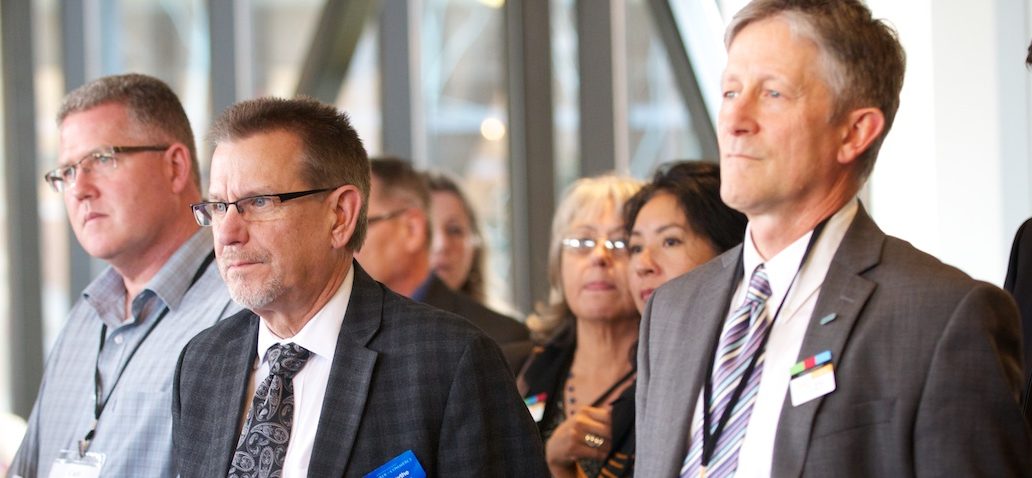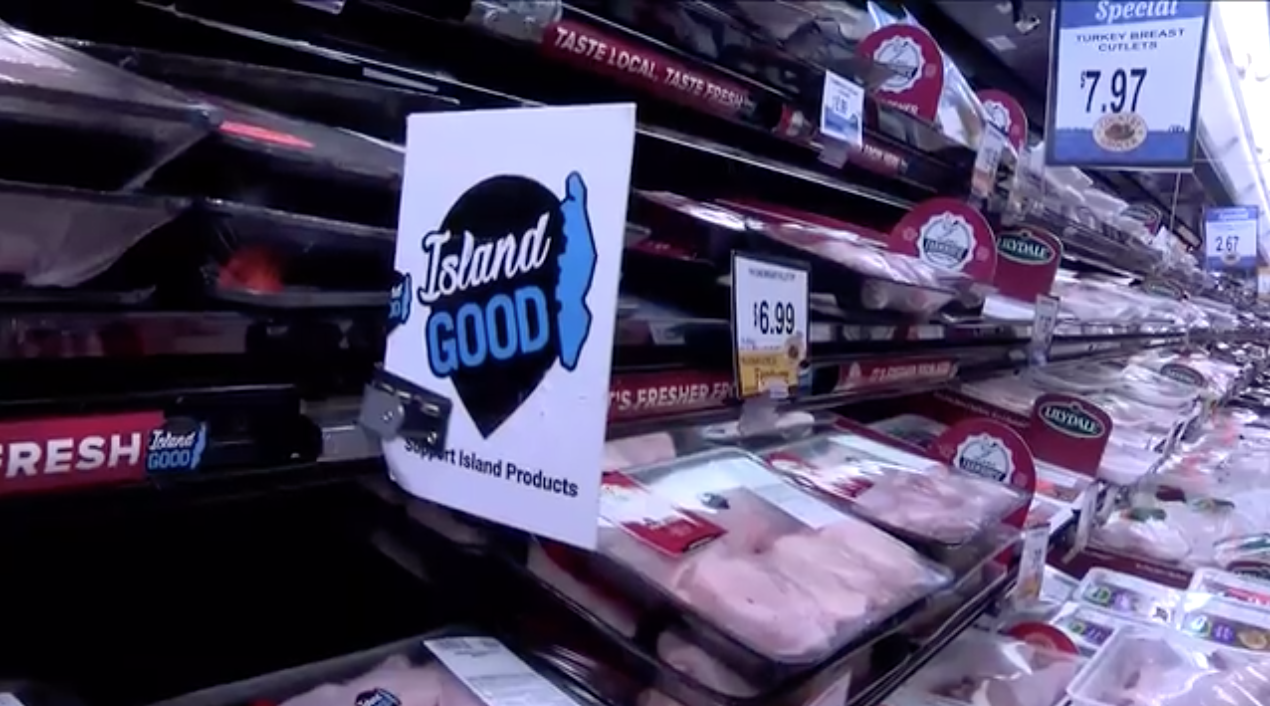By Chris Bush/News Bulletin
Industrial land is in short supply on Vancouver Island.
Dealing with an industrial land shortage and the issues that exacerbate accessing what’s available was the focus of a panel discussion Tuesday, Oct. 28, at the Vancouver Island Economic Alliance’s State of the Island economic summit.
“We’re at a bit of a crossroads on Vancouver Island and we have been for some time,” said panel moderator Pamela Shaw, Vancouver Island University’s master of community planning program director. “We have rapid population growth … We have rising real estate costs. We have rising land costs, difficulties with supply chains, pressures on land for housing and other uses; we have evolving industrial needs, as well.”
Shaw said industry in the 21st century is not “the bleached kraft pulp mill of the olden days” and modern forms of industry have different needs from what local government zoning bylaws, many written in the 1980s, allow.
“We’re in a very different place than we were at that time,” she said.
Considerations when identifying available land for industrial use and integrating it into communities include location, availability of servicing and other infrastructure, proximity to labour markets, and alignment with business needs.
“Why is it important?” Shaw asked. “It’s about job creation … diversifying the economy on the Island. It’s about retaining manufacturing and not have it go somewhere else.”
Not only is industrial land in short supply, Island producers and manufacturers are faced with high taxation, international trade restrictions including cross-border tariffs, shortages of skilled labour, and shortages of housing for workers.
A central discussion point was delays in permitting industrial land use and development.
Scott DiGuistini, co-founder and managing director of Acciano Development, founded his firm in part because of the difficulties he experienced in finding land and getting it permitted to set up his yogurt manufacturing business, Tree Island Gourmet Yogurt. He expected to set up Tree Island on the agricultural land reserve, which was denied, and the company ended up operating on a portion of an industrial property in the Comox Valley.
“We got into a project that’s supposed to be fairly easy, fairly simple. It turns out it’s not,” DiGuistini said.
Tod Gilbert, president of Nanaimo-based VMAC Global Technology, said the company has grown from about 60 employees to 200 employees in 20 years, as VMAC’s land footprint has expanded with its range of products.
“I had no intent of being involved in industrial development, but we own about 30 acres and we ran out of space about 10 years ago … and we have been struggling through the process of trying to invest here and create more space,” Gilbert said. “We’ve got, literally, millions of dollars of modern equipment that is now sitting in storage as we wait for permitting and building space to grow it out and I’ve been learning about timelines and costs to develop on Vancouver Island.”
He has talked with a number of businesses that have expanded into the U.S. – VMAC exports about 70 per cent of its products to the States – and found a much-different attitude toward business expansion south of the border where the attitude is collaborative “how do we make it work for you” versus adversarial at home.
Gilbert said he’s extremely proud of being a Canadian manufacturer and VMAC is a 40-year-old business that wants to invest here.
“But when we can’t, we have to make real choices,” he said. “It’s not a threat. I know my business will be here as long as I can, but where are we investing and growing and where are those new jobs going? “We’re trying to add a 5,000-square-foot, Canadian-made building on a previously paved parking lot,” Gilbert said. “When we started the process we were told it would be three months, but it’s been over three and a half years to get that built. That’s the reality that we’re at right now.”
Provincial and federal governments have supported VMAC with funding grants and programs, but there seems to be a disconnect with local governments that creates so much hindrance that the timeline to get a permit to install a new piece of equipment is longer than the funding windows. “How do you make that work?” Gilbert asked. “Everybody goes into it with good intentions. I don’t see it as a people problem. I see it as a process problem.”
Niall Paltiel, a District of Central Saanich councillor and president and CEO of Island View Land Management, said his municipality’s council was recently able to streamline a build permit by eliminating industrial use permitting from the project scope since the land was already zoned industrial.
“So that means that you have your zoning, you can purchase the land and go right to building permit without having to go through an additional step of development permit standards,” Paltiel said.
Encouraging investment, he said, means minimizing costs, roadblocks and red tape wherever possible, while protecting the community’s interests.
Looking toward the future, municipalities should be planning industrial community zones with worker housing and businesses that support the proposed industry in order to attract investment and skilled labour, DiGuistini suggested, adding that Island communities should be having more conversations about their long-term economic strategies.
“It shouldn’t be problematic to build out an industrial neighbourhood that supports the businesses and the workers and right now that’s just not how the zoning system is set up,” DiGuistini said.
The three-day State of the Island economic summit was held at Nanaimo’s Vancouver Island Conference Centre from Tuesday to Thursday, Oct. 28-30.







